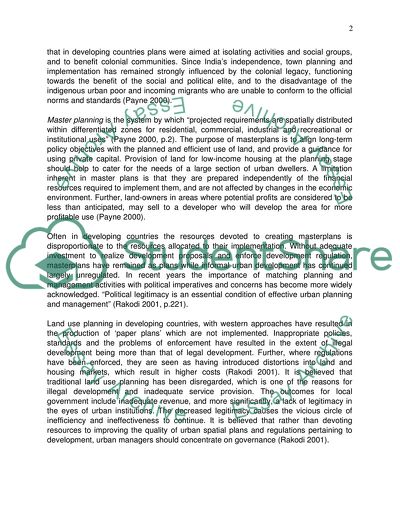Cite this document
(Low-Income Housing in Mumbai, India Essay Example | Topics and Well Written Essays - 1750 words, n.d.)
Low-Income Housing in Mumbai, India Essay Example | Topics and Well Written Essays - 1750 words. Retrieved from https://studentshare.org/social-science/1723413-essay-on-planning-and-housing
Low-Income Housing in Mumbai, India Essay Example | Topics and Well Written Essays - 1750 words. Retrieved from https://studentshare.org/social-science/1723413-essay-on-planning-and-housing
(Low-Income Housing in Mumbai, India Essay Example | Topics and Well Written Essays - 1750 Words)
Low-Income Housing in Mumbai, India Essay Example | Topics and Well Written Essays - 1750 Words. https://studentshare.org/social-science/1723413-essay-on-planning-and-housing.
Low-Income Housing in Mumbai, India Essay Example | Topics and Well Written Essays - 1750 Words. https://studentshare.org/social-science/1723413-essay-on-planning-and-housing.
“Low-Income Housing in Mumbai, India Essay Example | Topics and Well Written Essays - 1750 Words”, n.d. https://studentshare.org/social-science/1723413-essay-on-planning-and-housing.


